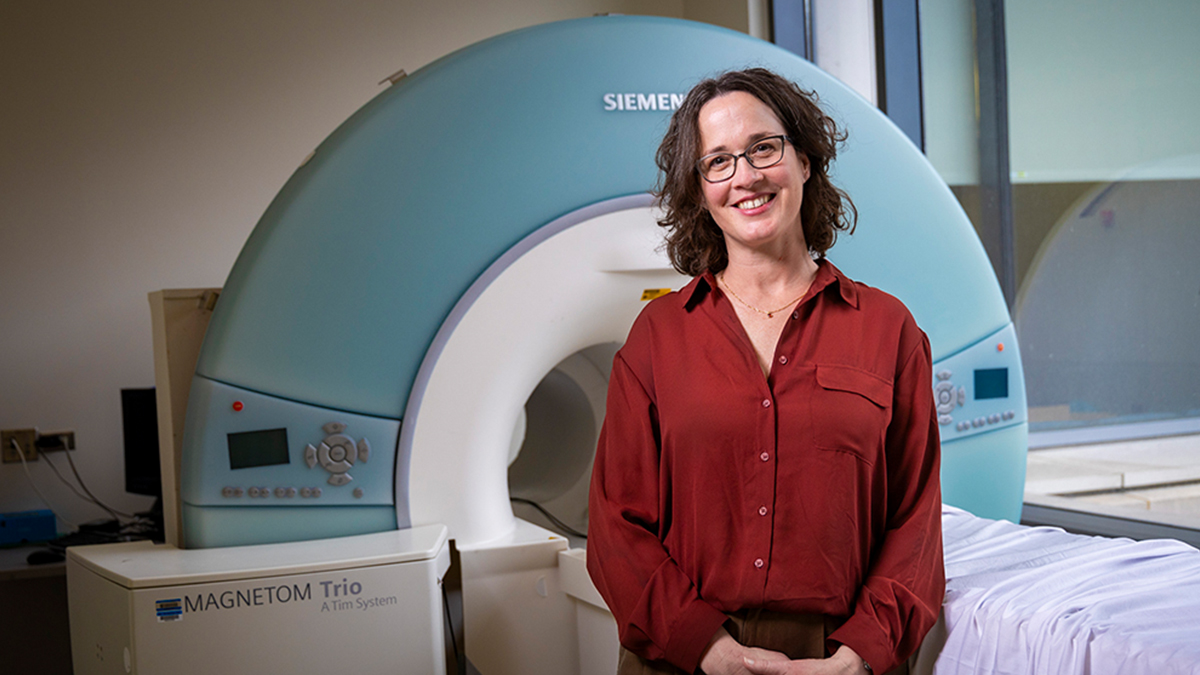CDR collects Carolina’s climate research
See climate’s impact on algae to zoos in Carolina Digital Repository’s curation of open access articles.

Just to be clear: The University Libraries’ Carolina Digital Repository collects all kinds of research done at UNC-Chapel Hill. But for Earth Day (April 22), institutional repository librarian Rebekah Kati wanted to call special attention to her climate change collection. That includes 783 publicly available items and counting on a wide range of topics related to climate and the environment.
This collection is just one of 117 publicly available within the repository, which “collects and preserves and makes available the research of the University,” Kati said. “It can be articles, in many cases. But we also have student papers, data sets, book chapters, images, video, audio — whatever form someone’s research takes. We can store it and preserve it in CDR and make it available to the wider public.”
That last feature is particularly important. For many years, research papers have been stuck behind the paywalls of subscription scholarly journals. But in 2016, the University implemented an Open Access Policy to encourage Tar Heel researchers to expand the reach and impact of their work by sharing it more broadly.
Later that year, University Libraries enhanced its existing repository to make it easy for Carolina’s scholars to upload their content in a few clicks. While authors may restrict access to articles in the repository, most of its information is publicly available.
The repository is now home to more than 49,000 articles and 28,000 dissertations, theses and other scholarly work. Some are gathered into special collections, with topics ranging from the coronavirus to enslaved Muslim scholar Omar ibn Said, inspiration for Rhiannon Giddens’ Pulitzer Prize-winning opera “Omar.”
The climate research collection debuted in 2022 to celebrate Open Access Week and that year’s climate justice theme. Kati started with keyword searches on topics like climate adaptation, greenhouse gases and atmospheric carbon dioxide. She also combed through the curriculum vitae of faculty members in the College of Arts and Sciences’ earth, marine and environmental sciences department, looking for eligible articles.
She came up with close to 800 pieces for the climate collection.
“I was impressed with the breadth of research that’s being done in this area. Climate change can touch on all aspects of life, and it’s just really neat to see so much hard work on all this,” Kati said.
Carolina researchers have concentrated on the hard science of climate change, with papers on modeling the effects of sea ice, the human health burden of air pollution and the increase of harmful algal blooms.
But they have also explored related issues like communication and advocacy, including “The Case of Leonardo DiCaprio and Climate Change,” and even climate change’s impact on zoo attendance.
“I was struck by some student papers that are tying it to health. One about musculoskeletal injuries jumped out at me,” Kati said. The connection to climate? The UNC Gillings School of Global Public Health master’s student who wrote the paper reasoned that “climate change-induced urbanization” in countries like Ethiopia “led to increased motorization, higher traffic density, and a surge in road traffic injuries and fatalities.”
If Earth Day has piqued your interest in the University’s climate research, then you have much to explore within the Carolina Digital Repository. Best of all, it’s free and available online. “The
CDR is free to use. You do not have to pay,” Kati said. “And it’s legal, which is also something I have to remind folks about. It is free. It is legal. It’s a good thing to do. Particularly for a public university, having research available to the public is a good thing.”
Learn how to deposit scholarly content in the Carolina Digital Repository.







